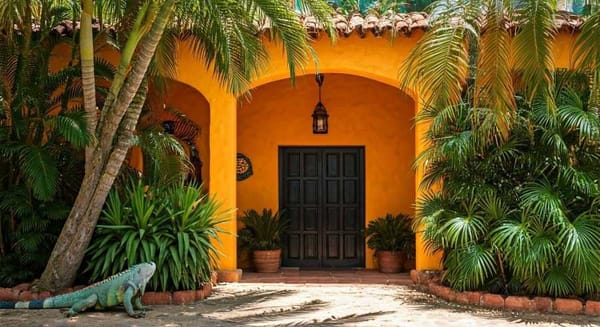Why Europeans were frightened of potatoes for almost 400 years?
Europeans were initially wary of potatoes due to their unusual appearance and the fact that the plant spreads underground from tubers rather than seeds.

Potatoes were not known in Europe until the early 1500s. After 1532, they reached Europe because Spanish soldiers looking for gold landed on the coast of South America, on the land of the old Inca Empire. They saw that the native people were eating something called "papa" which looked strange.
The Spaniards were wary of them, but because they were cheap and could last for a long time, they started to be used as food on long sea trips. Because the Spanish called the holy father "papa," they called the tubers "patatas" so that they wouldn't be confused with papa.
Potatoes were grown as early as 8000–5000 years before the birth of Christ in the Inca Empire. Documents from the past show that the potato was first grown in the Canary Islands in 1567. By 1580, it had become a main crop on the Spanish mainland.
At first, potatoes were only for the weak and poor in Spain. Potatoes took a long time to become a common food in Europe. People were afraid of potatoes because they looked strange and grew underground from tubers instead of seeds.
Christian church leaders also contributed to the fear by calling potatoes "devils" and pointing out that the Bible doesn't say anything about eating them.
Gaspard Bauhin, a Swiss botanist, wrote the first scientific description of the potato in a book about plants that came out in 1596. He gave the potato the Latin name "Solanum tuberosum"
In France, people were especially wary of the potato. For a long time, the French believed that potatoes were disgusting, poisonous, and could cause leper and leprosy disease. The great French pharmacist and agronomist Antoine-Auguste Parmentier (1737-1813), who first met potatoes during the Seven Years' War, worked his whole life to change the way French people thought about them (1756-1763).
He was a pharmacist in the French army, but he was taken prisoner by the Germans. When Parmentier got out of prison a few years later, he was surprised to find that his health hadn't changed. He decided that this was because the prisoners ate potatoes. After this, Parmentier became so interested in potatoes that he almost became obsessed with them.
While France had banned potato cultivation by law from 1748 to 1772, the Prussians were already cultivating them. After the Prussian famine of 1744, King Frederick II of Prussia, also known as Frederick the Great, ordered peasants all over the country to grow and eat potatoes. He did this even though peasants complained that potatoes were disgusting, tasteless lumps that even dogs wouldn't eat. People think that Frederick the Great brought potatoes to Germany.
King Frederick the Great is also known as the Potato King, and people still put potatoes on his grave in Potsdam instead of flowers.
When Parmentier went back to Paris in 1763, he kept studying the potato's nutrients as part of his research in nutritional chemistry. His plans to add potatoes to the diet didn't work until 1770 when a crop failure nearly caused a famine. Again, Parmentier suggested that adding potatoes to the diet would solve the problem of failed crops, and this time, the idea was accepted. In 1773, the Paris Faculty of Medicine said that potatoes were edible because of Parmentier's research, but people still didn't like them.
Potato Man and Potatoes: Parmentier's way to promote potatoes and their importance to the French cuisine
The French King Louis XVI (1754–1793) gave Parmentier land near Paris because he agreed with his idea that potatoes could be used instead of bread in times of famine and famine. There, Parmentier set up test potato fields. When the potatoes bloomed, he gave King Louis XVI and Marie Antoinette bouquets of potato flowers at a royal ball. They liked them. When the courtiers saw this, they decided that potato flowers were a sign of success and were even willing to pay for them.
In the 18th century, the flowers of the potato made it a beautiful plant in the gardens of many European noblemen.
Parmentier used his knowledge, scientific approach, and creativity to show both nobles and peasants that potatoes had value and could be eaten. At the end of the 18th century, people in France and other parts of Europe were finally taught, prayed for, and forced to grow and eat potatoes. Because of his work promoting potatoes, Parmentier is known as "The Potato Man." After Parmentier died, a lot of French potato dishes got his name.
"Hackis Parmentier", for example, is a beef and mashed potato stew that is baked in the oven and topped with cheese. It is now thought of as comfort food. "Brandade de morue Parmentier" is a smooth puree of salted cod and is a classic dish from the south of France. Soaked and pounded, salted cod is then mixed with olive oil, mashed potatoes, spices, milk, or cream to make a smooth paste. On baguette is the traditional way to eat it.
"Crème Parmentier" is the name for leek and potato cream soup, and "Pommes Parmentier" is the name for cubes of potatoes fried in butter with rosemary and garlic.




